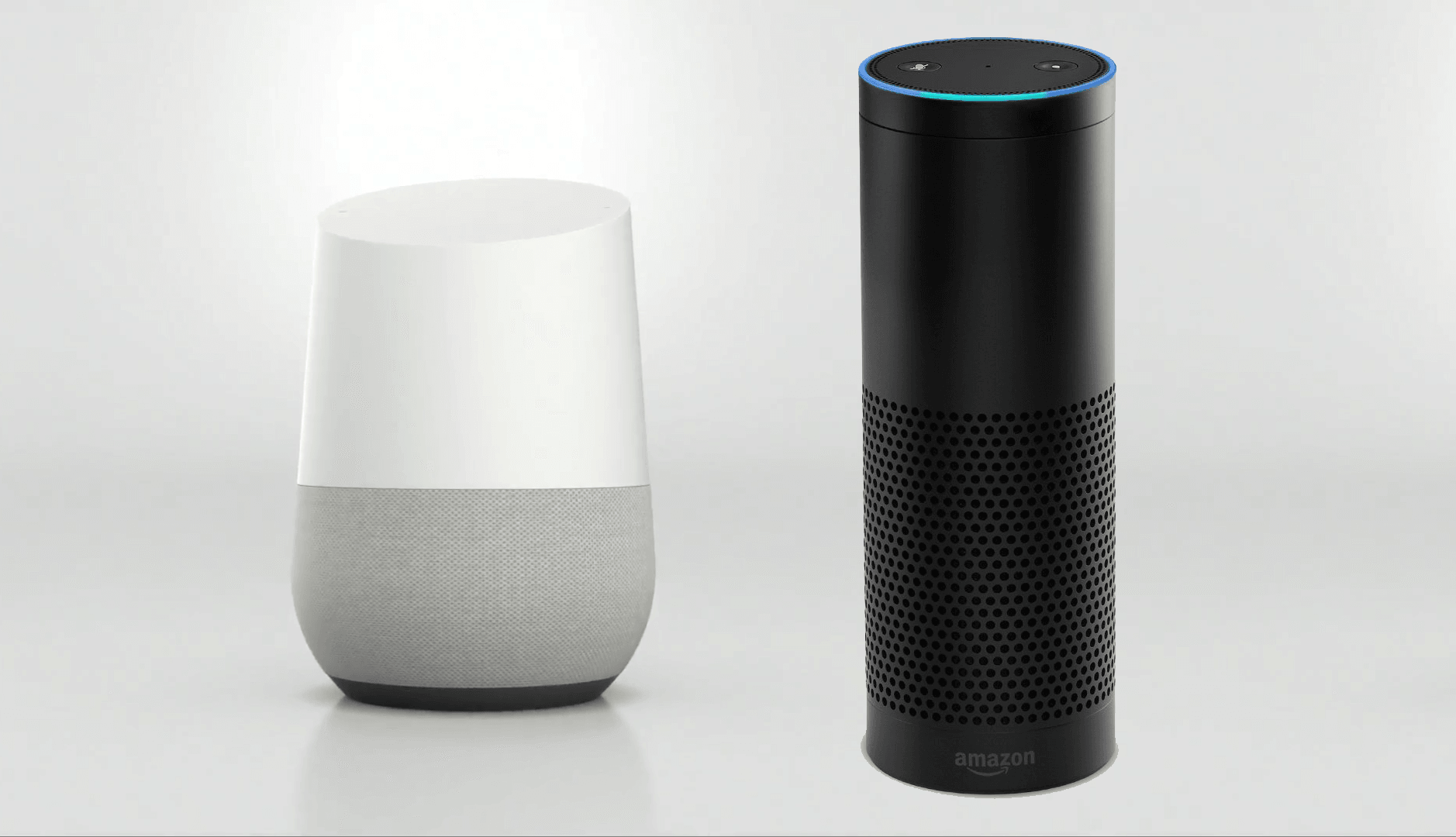
Google Home, Amazon Echo, Siri, Cortana and a slew of other voice assistance services have come to market in recent years. As many as seven million home speaker units equipped with voice services were in U.S. homes at the end of 2016, according to a recent report by VoiceLabs, a voice analytics vendor in San Francisco. The firm projects that as many as 25 million more devices will be purchased in 2017.
Should small business embrace this technology, and what is the right approach to onboarding voice services in local media?
Voice assistants wait. They wait for us to speak our requests. Unlike many marketing channels, these services are not interruptive. Instead, they are responsive to our demands. Demand-side marketing has many advantages because the customer defines their needs explicitly. But the VoiceLabs study highlights a critical issue — standing out from the myriad applications competing for customers’ attention is difficult. There are already 7,000-plus Amazon Alexa “skills,” which is the equivalent of an app for a smartphone.
Retention of customers, whom experience has taught will sample and quickly dump an app on their smartphone, is the critical metric for marketers embracing voice services. VoiceLabs refers to forgotten voice apps as “Zombie Skills.” Almost 70 percent of voice apps have only one or no customer reviews on the Alexa platform.
 Like apps, which have proliferated into the millions in the decade since the iPhone was introduced, voice assistant skills can be very specialized or quite broad. Consequently, many voice skills are not used. VoiceLabs also found that a week after a skill is added to a voice assistant only three percent of users will still be using that skill.
Like apps, which have proliferated into the millions in the decade since the iPhone was introduced, voice assistant skills can be very specialized or quite broad. Consequently, many voice skills are not used. VoiceLabs also found that a week after a skill is added to a voice assistant only three percent of users will still be using that skill.
The consumer adoption challenge for a voice assistant skill is simple: Teach people to say the words that trigger the service you want to use to engage the customer or sell a product. “Google, what’s the temperature outside?” is practical and easy to remember, and that kind of commonplace voice request is the marketer’s primary competition. Marketing must train customers to phrase requests that capture the terms (“my plumber,” “pizza,” or “the dentist”) that denote a certain topic and the functionality (“schedule an appointment” or “bring a pizza”) that the voice assistant will use to activate an engagement.
Since voice assistants are structured to use search technology to answer queries, many commands can default to search results that provide an alternative to a dedicated voice skill, such as “Call my plumber, who is Robert Smith in Garyville.” Marketers need to get a phrase into their customers’ vocabularies and keep them top of mind.
Keeping commands simple, unique and memorable is essential to activating a voice marketing tool. Ironically, “Hey, Culligan Man,” which used to be the television slogan of the water treatment company, could make a comeback. What went around the bend 20 years ago is coming back, again. Copywriters should be thrilled.
SMBs should think in terms of combining a voice skill they build with print and digital collateral, as well as promotional items that reinforce the use of the trigger phrase that starts the customer engagement. For instance, a plumber may want to distribute a refrigerator magnet that reminds the customer: “On Alexa or Google Home, just say ‘Call Robert Smith about my plumbing.'”
The training challenge can leverage direct mail, which is used by 41 percent of SMBs to advertise and remains the most-used traditional medium, according to BIA/Kelsey’s Local Commerce Monitor Wave 20 survey of SMB marketing and advertising spending. Likewise, email and social channels, such as Facebook, may be used to restate the lesson about how to call on a voice skill. Consider, for example, buying inexpensive digital inventory to reiterate a voice slogan across the channels your customers use.
As we noted the other day when discussing the Interactive Advertising Bureau’s cross-media lift study, there are many mixes of affordable inventory to complement digital channels. In the case of voice assistants, those channels must be treated as training and used to trigger use of the SMB’s key phrase to activate the voice app.
A productive approach would be to do promotions, such as “Say ‘Domino’s Delivers’ to get 15 percent off a pizza” to train the customer to remember and use “Domino’s Delivers” every time they want pizza. Consider how to use a combination of direct mail, email, display, social, and especially video (showing people using the voice skill will help viewers remember the phrase) to remind customers frequently that a simple phrase is a solution to their problems or desires. Make the message Uber-simple, removing all the complexity from the customer’s life possible so that the voice command becomes habitual as ordering a car is for Millennials.
Our advice to SMBs is to focus on simple, but intimate, engagement through voice services. Teach customers how to reach a business, reinforce that lesson and the value of becoming a customer. Then, retain those customers with extraordinary service. After all, your customers could be talking to you every day.
This Post Has 5 Comments
Leave a Reply
You must be logged in to post a comment.

I own an Amazon Echo it’s quite cool you know and comes in handy for getting done some small tasks by a voice assistance.
Alexa is pretty nice when it comes to ordering food from zomato or booking an uber. ! The time in future is going to be for AI and these amazing things !
I own an Amazon Echo it’s quite cool you know and comes in handy for getting done some small tasks by a voice assistance.
Alexa is pretty nice when it comes to ordering food from zomato or booking an uber. ! The time in future is going to be for AI and these amazing things !
Alexa works really nice.